Molecular biologists studied the DNA of ones that migrated from North America to Eurasia and back.
An international research team determined that ancestors of modern domestic horses and the Przewalski horse moved from the territory of Eurasia (Russian Urals, Siberia, Chukotka, and eastern China) to North America (Yukon, Alaska, continental USA) from one continent on another at least twice. It happened during the Late Pleistocene (2.5 million years ago – 11.7 thousand years ago). The analysis results are published in the journal. The findings and description of horse genomes are published in the journal Molecular Ecology.
“We found out that the Beringian Land Bridge, or the area known as Beringia, influenced genetic diversity within horses and beyond,” said senior researcher at the Ural Branch of the Russian Academy of Sciences and the Ural Federal University (Russia) Dmitry Gimranov. “Owing to the appearance of this land part, the flow of genes among mammoths, bison, and wolves could occur regularly. And if 1-0.8 million years ago horses from North America were not yet widespread in Eurasia, then in the periods of 950-450 and 200-50 thousand years ago, there was a bidirectional spread of genes over long distances.”
In other words, horses migrated between continents not only in one direction but also vice versa. The first wave of migration was predominantly from North America to Eurasia. The second migration was dominated by the movement from Eurasia to North America.
The most important researchers conclude that most animals used the Beringian Land Bridge only once, and horses several times. This fact could significantly affect the genetic structure of horse populations and made them very interesting objects of research for paleogeneticists.
To determine the area of settlement of horses, molecular biologists studied horses’ DNA from both continents. From 262 samples of bones and teeth, they selected 78 with sufficient DNA. Researchers conducted radiocarbon dating and genetic analysis at the Denmark and USA laboratories. In addition, they looked at the research data from 112 samples.
“The data shows that horses returned to North America from Eurasia across Beringia at about the same time as bison, brown bears, and lions,” says Dmitry Gimranov. “That is, in the last “days” of the late Pleistocene, when the territory was not covered by water and it was like a bridge for the movement of many groups of animals. With the beginning of climate warming (the beginning of the Holocene or 11.7 thousand years ago) and the last disappearance of Beringia at the end of the Pleistocene, the biogeographic significance of this ecological corridor radically changed the history of terrestrial animal species on both continents.”
Although the North American horse population eventually became extinct in the early Holocene, horses became widespread on both continents due to domestication and are now found far beyond their historical range.
Note
The Bering Land Bridge was located on the place of the modern Bering Strait, separating the extreme northwest of America and the extreme northeast of Asia. The physical and geographical region of Beringia stretched from the Lena River in Russia to the Mackenzie River in Canada. It consisted of both land and sea components. The land area of Beringia changed during the Pleistocene (from 2.6 million years to 11.7 thousand years ago) along with the size of continental ice and its effect on sea level.
Reference: “Ancient horse genomes reveal the timing and extent of dispersals across the Bering Land Bridge” by Alisa O. Vershinina, Peter D. Heintzman, Duane G. Froese, Grant Zazula, Molly Cassatt-Johnstone, Love Dalén, Clio Der Sarkissian, Shelby G. Dunn, Luca Ermini, Cristina Gamba, Pamela Groves, Joshua D. Kapp, Daniel H. Mann, Andaine Seguin-Orlando, John Southon, Mathias Stiller, Matthew J. Wooller, Gennady Baryshnikov, Dmitry Gimranov, Eric Scott, Elizabeth Hall, Susan Hewitson, Irina Kirillova, Pavel Kosintsev, Fedor Shidlovsky, Hao-Wen Tong, Mikhail P. Tiunov, Sergey Vartanyan, Ludovic Orlando, Russell Corbett-Detig, Ross D. MacPhee and Beth Shapiro, 10 May 2021, Molecular Ecology.
DOI: 10.1111/mec.15977

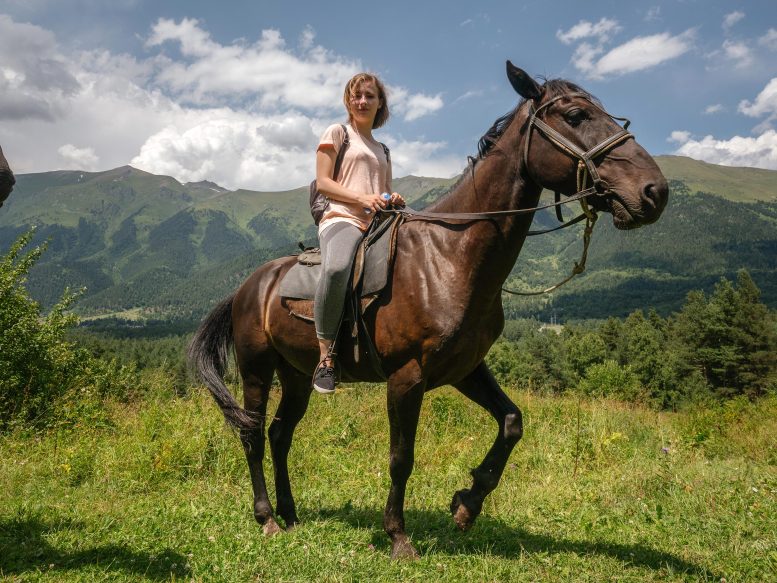
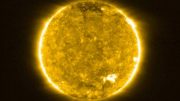


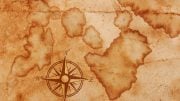
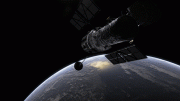


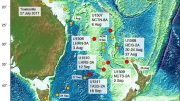
Be the first to comment on "Ancient DNA Reveals How the Ancestors of Modern Horses Migrated"